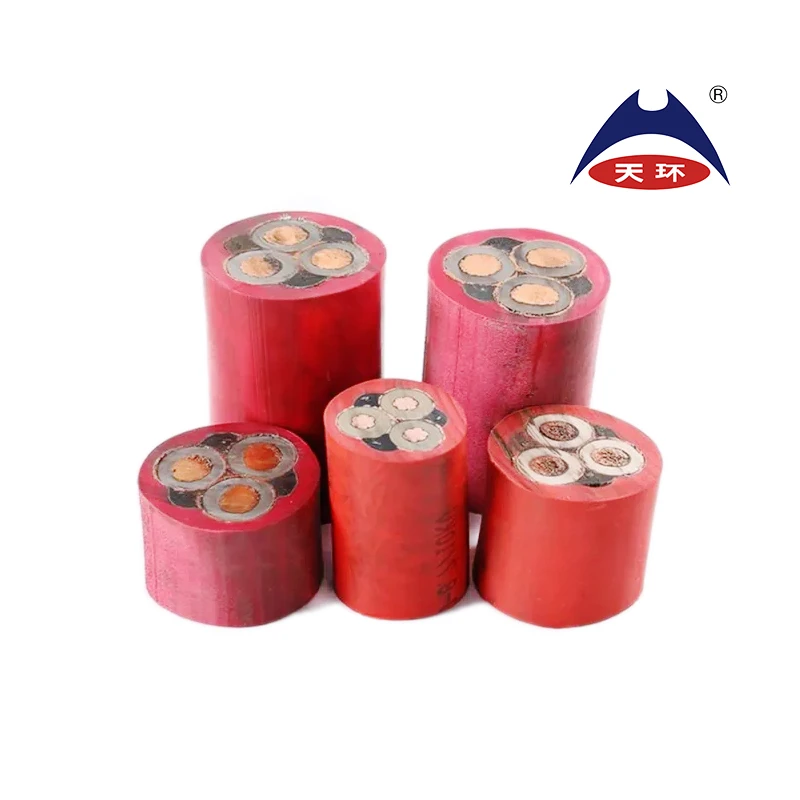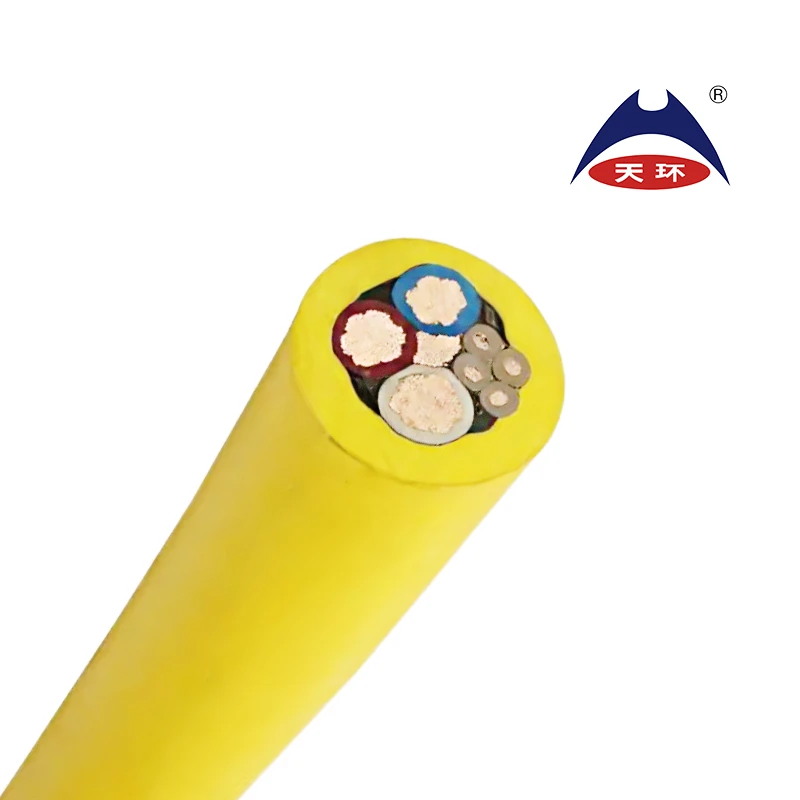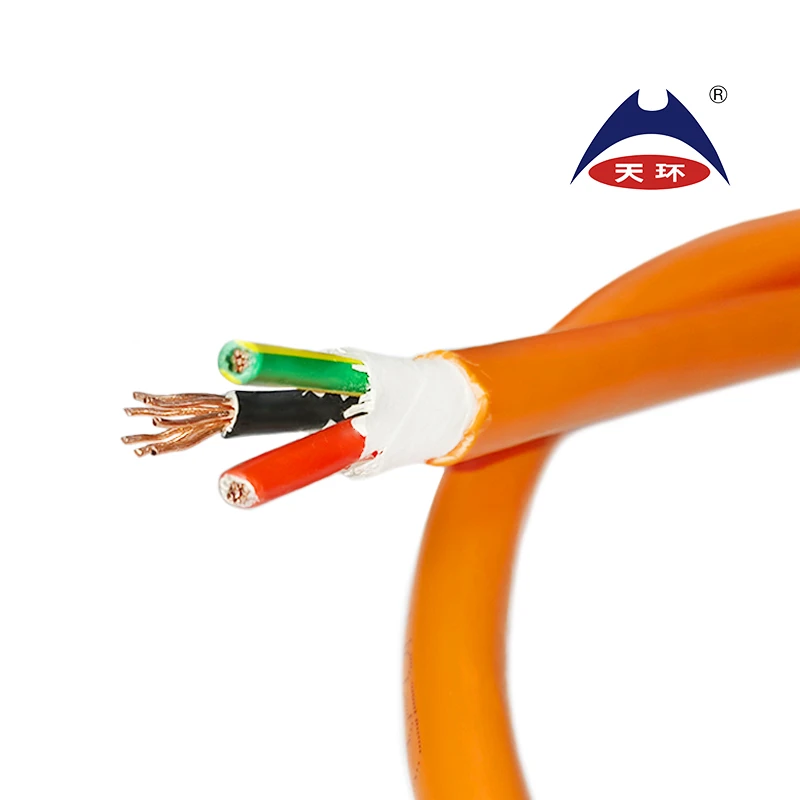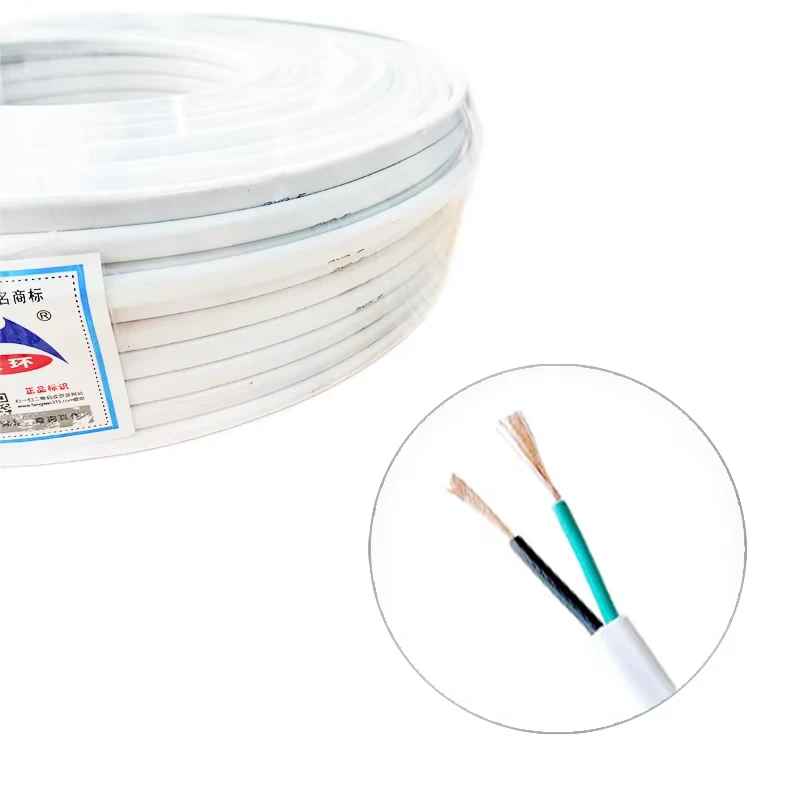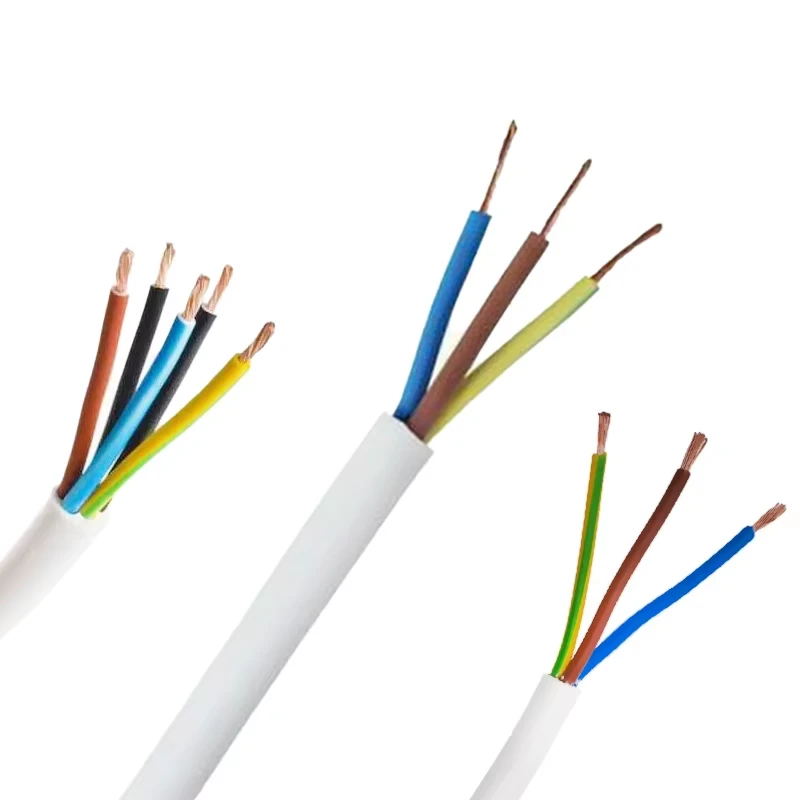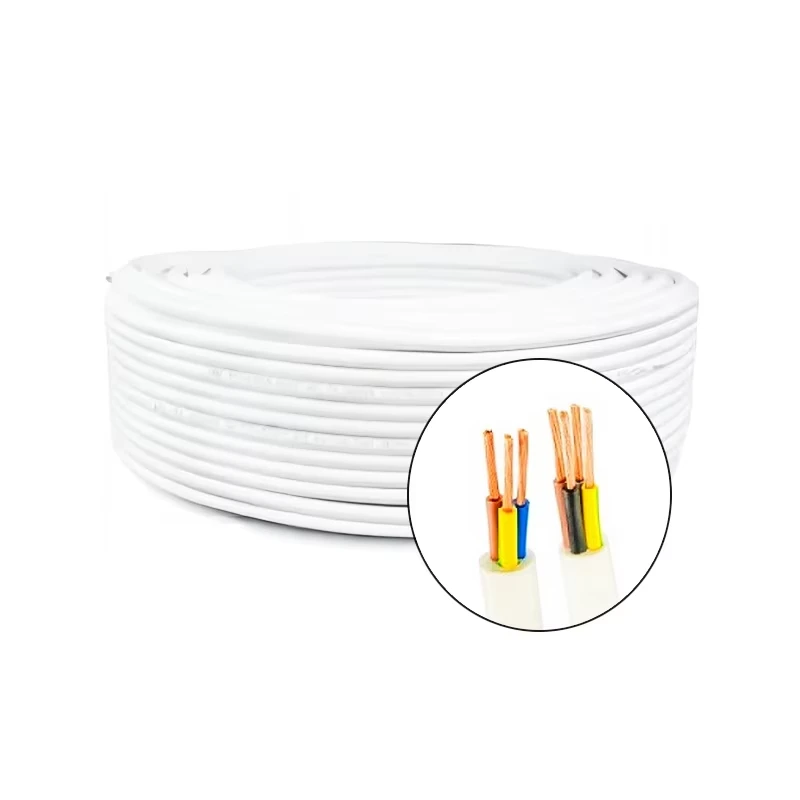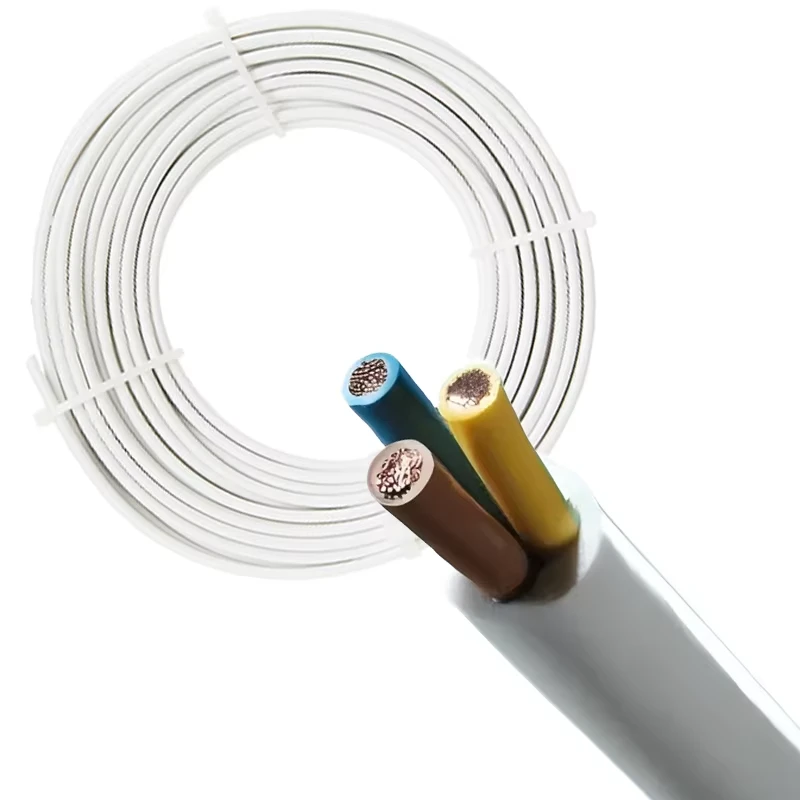
Installing Armoured Cable for Outdoor Socket Connections in Industrial Settings and Factories
Fitting Armoured Cable to Outside Sockets A Practical Guide for Factories
When it comes to electrical installations in industrial settings, safety and reliability are of paramount importance. One essential element in ensuring these qualities is the use of armoured cable when fitting outside sockets. This article will explore the benefits, considerations, and best practices for selecting and installing armoured cable in factories, particularly for external applications.
Understanding Armoured Cable
Armoured cable is a type of electrical cable that is protected by a layer of armor, usually made of steel wire or tape. This added layer safeguards the cable from mechanical damage, moisture, and various environmental factors that could compromise its integrity. In a factory setting, where heavy machinery, environmental exposure, and potential physical damage are commonplace, armoured cable provides the durability and protection that standard cables lack.
Benefits of Using Armoured Cable for Outside Sockets
1. Mechanical Protection One of the most significant advantages of armoured cable is its resistance to impact and abrasion. This characteristic makes it ideal for outdoor installations, where it may be exposed to hazards such as heavy equipment, foot traffic, or accidental impacts.
2. Moisture Resistance Armoured cables are often designed to be waterproof, which is essential for outside sockets. This resistance to moisture prevents short circuits and electrical failures, ensuring safe and continuous operation.
3. Fire Resistance Many armoured cables come with fire-resistant features, adding another layer of safety in industrial environments where flammable materials may be present.
4. Versatility Armoured cables can be used for a variety of applications, including power distribution to outdoor equipment, machinery, and lighting. Their flexibility allows for customized layouts and configurations based on specific factory needs.
Key Considerations Before Installation
Before fitting armoured cable to outside sockets, several important factors must be considered
fitting armoured cable to outside socket factories

1. Cable Rating Ensure that the armoured cable selected has the appropriate current rating for the load it will carry. This assessment should take into account voltage drop and the length of the cable run.
2. Type of Armouring Different types of armoured cables are available, including steel wire armoured (SWA) and aluminum armoured cables. The choice depends on the environment and specific requirements.
3. Compliance with Regulations Adhere to local electrical codes and safety regulations. Check if the installation requires certification and ensure that the fitting process is carried out by qualified personnel.
4. Environmental Conditions Consider the specific environmental factors the cable will be exposed to, including temperature extremes, moisture levels, and potential chemical exposure from working environments.
Best Practices for Installation
1. Plan the Installation Prior to installation, it is essential to map out the cable run, including any necessary bends, junction boxes, and termination points.
2. Use Appropriate Fixings Utilize suitable clips and fixings to secure the armoured cable along its run. This step is crucial to prevent strain on the connections and maintain the integrity of the cable.
3. Proper Termination Ensure that cable terminations are executed correctly to prevent exposed conductors and moisture ingress. Use weatherproof enclosures for outside sockets to protect connections.
4. Regular Inspections After installation, implement a routine maintenance schedule to inspect the armoured cables and sockets for any signs of wear, damage, or degradation.
Conclusion
Fitting armoured cable to outside sockets in factories is not just a matter of compliance; it is essential for safety and operational efficiency. By understanding the benefits of armoured cables, considering the necessary factors before installation, and adhering to best practices, factories can ensure a reliable and secure electrical installation that stands up to the challenges of industrial environments. With the right approach, industries can achieve enhanced safety and seamless operation, all while adhering to best practices in electrical engineering.
-
Reliable LIYCY Cable Solutions for Low and Medium Voltage ApplicationsNewsJul.14,2025
-
Premium Overhead Electrical Wire Solutions for Low and Medium Voltage ApplicationsNewsJul.14,2025
-
Innovative XLPE Electrical Cable Solutions for Modern Low and Medium Voltage NetworksNewsJul.14,2025
-
High-Quality Ethylene Propylene Rubber Cable – Durable EPDM Cable & 1.5 mm 3 Core OptionsNewsJul.14,2025
-
Exploring the Versatility of H1Z2Z2-K 1X4mm2 Cables in Modern ApplicationsNewsJul.14,2025
-
Uses of Construction WiresNewsJul.14,2025
-
Types of Neoprene CableNewsJul.14,2025





